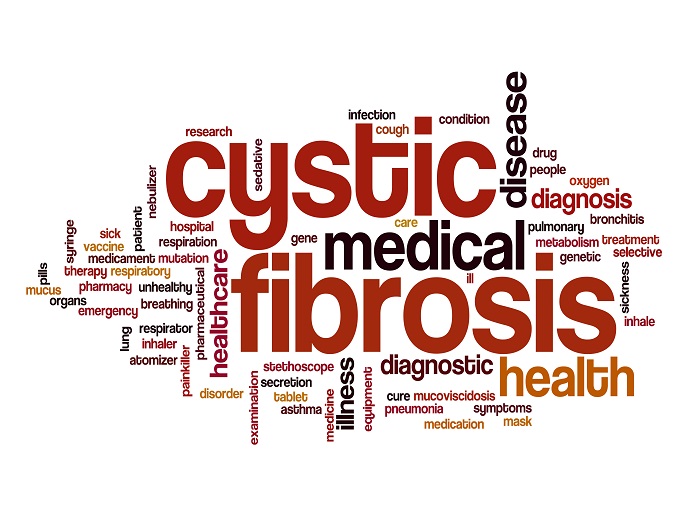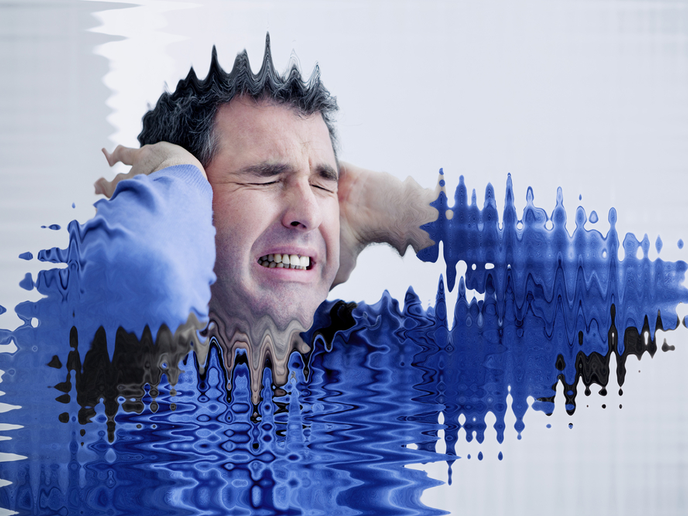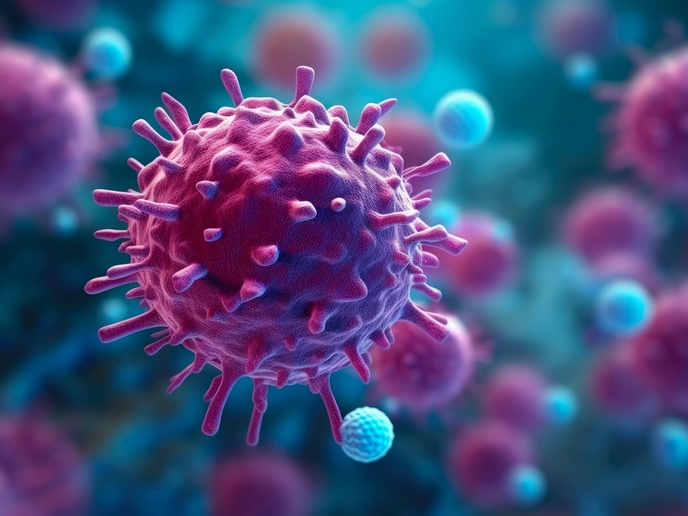Crystal structure of cystic fibrosis protein – the holy grail of molecular genetics
CF occurs when defective CF transmembrane conductance regulator (CFTR) protein induces mucus accumulation in the respiratory and digestive systems of the patient. Symptoms include lung infections and bowel obstruction due to this mucus blockage. Current medications are expensive – Kalydeco from Vertex Pharmaceuticals costs the patient a staggering USD 300 000 annually. With decreased life quality and premature death for CF patients, new therapies are urgently needed. Alternative therapies would benefit from high-resolution CFTR structural information “The ultimate goal of the CF_struct project was to develop medications that improve drug efficacy, increase life quality and decrease financial hardships,” outlines Dr Susan Fetics, a Marie Curie research fellow. A drug works best when efficiently bound to its target protein. The drug must adhere to the unhealthy CFTR protein to restore its structure and function. Gating plays a crucial role. CFTR has a gated pore that must open to allow the passage of charged chloride ions. When CFTR is impaired by genetic mutations, dysfunctional chloride channels cause the build-up of mucus in the body and the chronic symptoms of CF. CFTR – a challenge to crystal formation “At the beginning of the CF_struct programme, there were no high-resolution structures for CFTR and we focused on the method of X-ray crystallography,” explains Prof. Martin Caffrey, project coordinator. Despite exhaustive efforts to produce protein and screen tens of thousands of different crystallisation conditions, CFTR remained resistant to crystal formation. “Regrettably, we were not able to generate structure-quality crystals of CFTR in isolation or in the presence of Kalydeco while funded by Marie Curie,” recalls Prof. Caffrey. Other structural CFTR results emerged during the course of CF_struct. First, a cryogenic electron microscopy (CryoEM) structure of zebrafish CFTR provided insights into its mode of activation. Details followed from two subsequent CryoEM structures. “Together, these three models gave insights into the mechanism of CFTR’s channel gating cycle,” Dr Fetics points out. “We continued to pursue crystal structures that would complement and extend the CryoEM work,” she says. ‘Crystal’ clear ambitions Dr Fetics continues the story: “We successfully produced chicken CFTR following a protocol developed in Prof. Riordan’s lab at the University of North Carolina, United States.” This, combined with purification of human CFTR provided by Prof. Kappes at University of Alabama enabled the team to perform extremely broad crystallisation trials. Purified CFTR protein is unstable and difficult to concentrate. “Therefore, we employed the cubicon method to ramp up incrementally the concentration of protein needed for crystallisation trials,” explains Prof. Caffrey. Simultaneously, the amount of protein used in each crystallisation well was reduced for best use of the material available. The future of CF therapy Undertaken with the support of the Marie Curie programme, the research at Trinity College represents a familiar scientific struggle where resourcefulness and persistence are key to overcoming the challenge of biomolecules not behaving as expected. Presently, the CF_struct team have no plans to pursue a crystal structure, but their work has informed researchers investigating this debilitating disease. Prof. Caffrey and Dr Fetics sum up the importance of the Trinity College research: “There are up to 100 000 people with CF worldwide. A crystal structure would have had the potential to positively impact the global economy by reducing CF costs, increasing life expectancy, improving quality of life and lessening the burden on caretakers.”
Keywords
CF_struct, CF, CFTR, crystal, drug, crystal structure, CryoEM, cystic fibrosis, X-ray, gating, chloride, model







